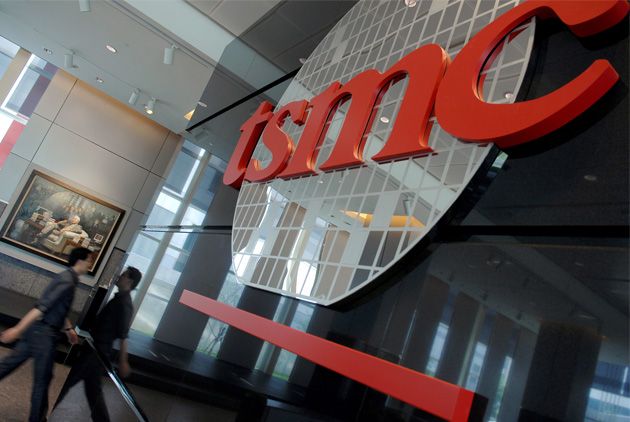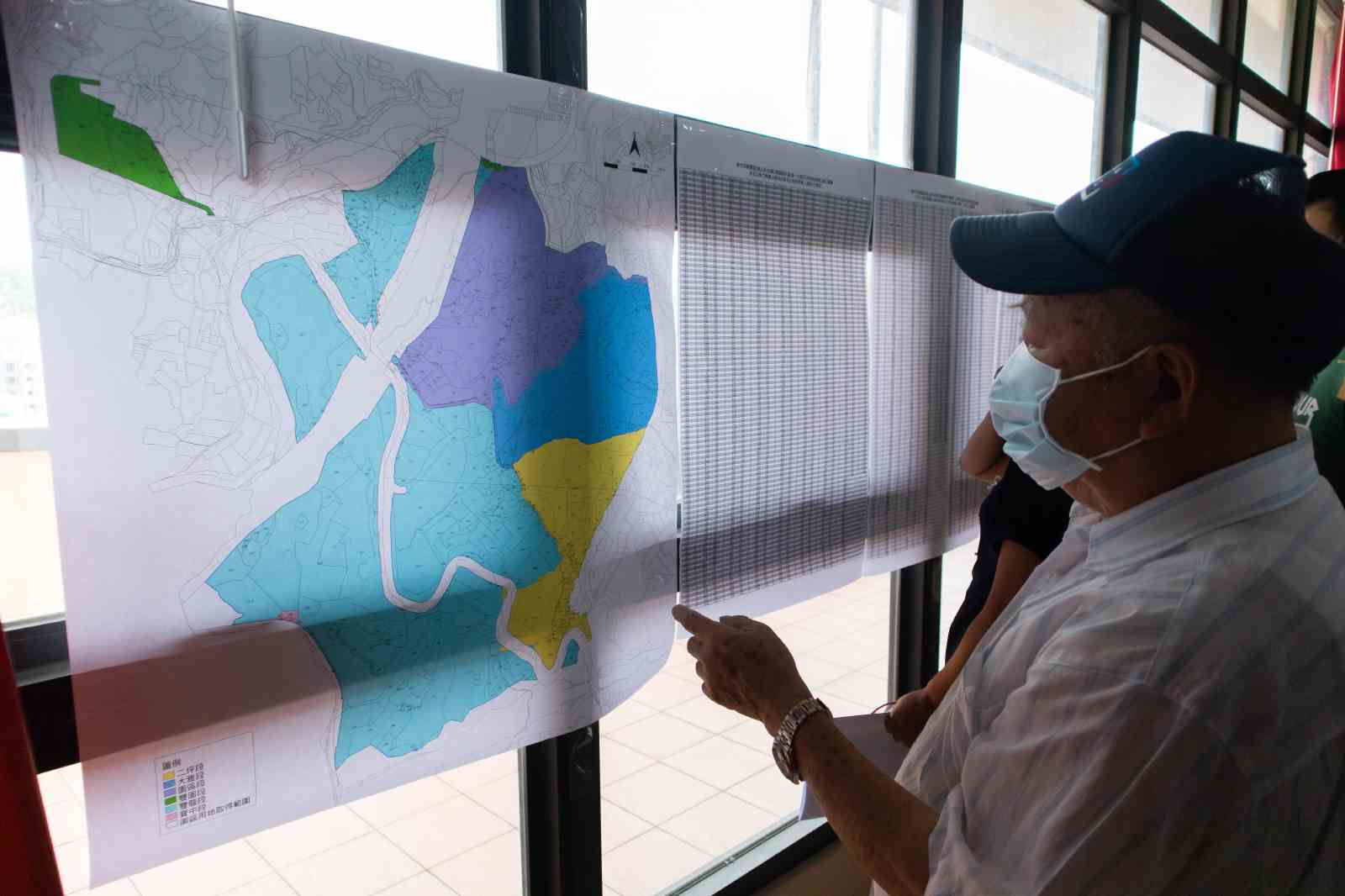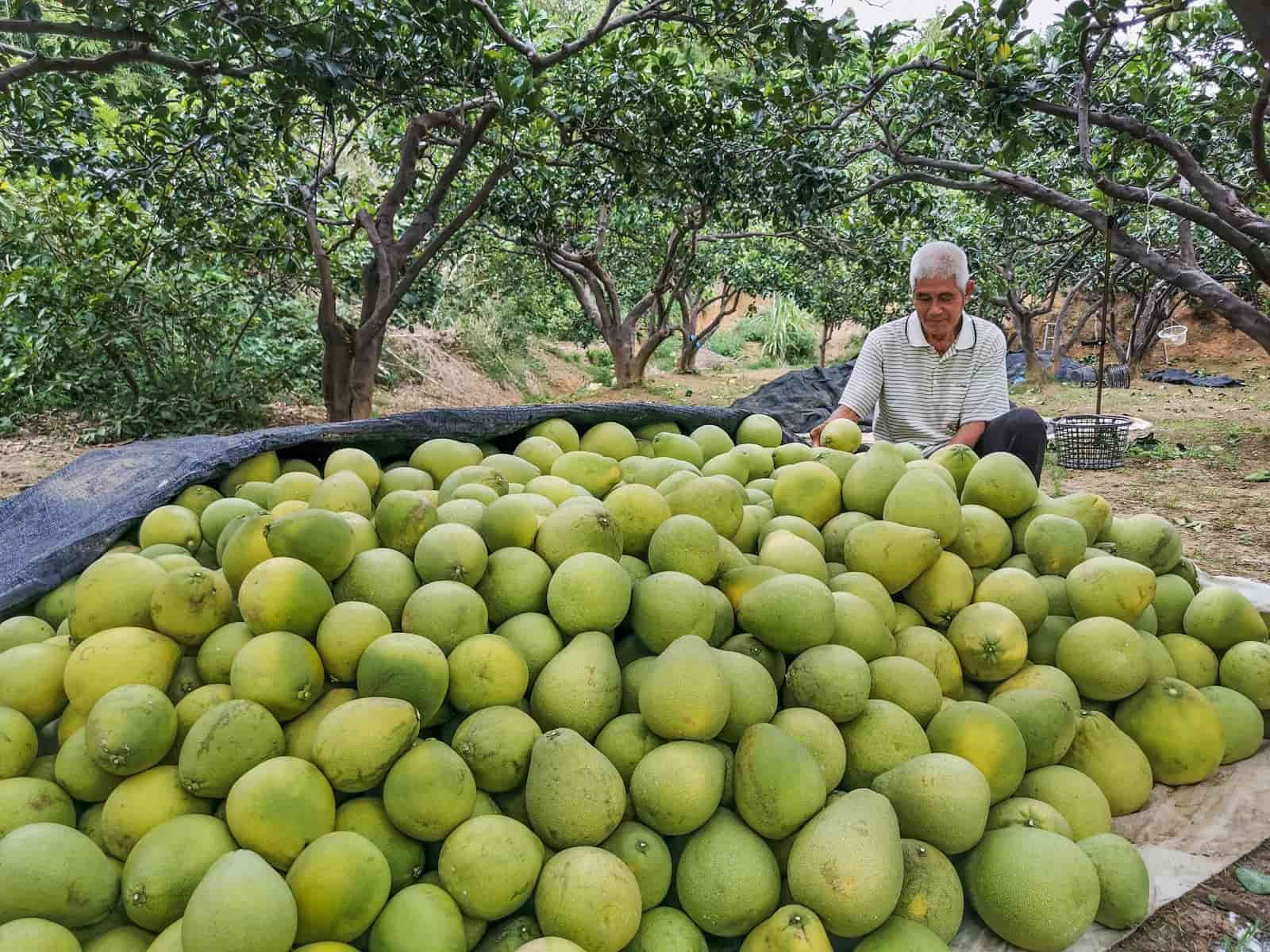TSMC Finds Acquiring Land Tougher than Making Chips

Source:Ming-Tang Huang
A century-old Hakka village is set to be the surprising setting for the construction of the world’s most advanced 2nm process wafers. Before existing residents are relocated, the gods must be supplicated and arrangements made for resettling villagers. With Taiwan Semiconductor (TSMC) returning to the Hsinchu Science Park more than a decade later, how much land does Taiwan have left for TSMC expansion?
Views
TSMC Finds Acquiring Land Tougher than Making Chips
By Hannah ChangFrom CommonWealth Magazine (vol. 707 )
At the 2020 TSMC Technology Forum, Mr. Y.P. Chin, settling into his new position as senior vice president of operations, revealed the company’s plans for expanding its manufacturing facilities at the Hsinchu Science Park, saying: “...with the new wafer fab as the 2nm process node manufacturing base, we are currently in the land acquisition phase.”
Given that the timetable for mass production of 2nm chips is projected for around 2025, this implies that over at least the next five years, production of the most advanced semiconductor technology in the world will remain in Taiwan, and TSMC shall continue to play the role of “national guardian”.
Chin shared a draft plan showing a plot of land that is part of the Hsinchu Science Park (Baoshan Land Designation) Second Phase Expansion Project, which has provoked resistance among residents in recent months to land expropriation via eminent domain.
Inside the square, the positions of four future fabs are neatly illustrated.
However, what the illustration does not indicate is that a Hakka village with nearly two centuries of history currently stands on this land.
Just below one of the plots designated for a planned wafer fab lies the spiritual center for Daqi Village’s more than 2,000 residents: Baosheng Temple, where the Baosheng Dadi, the god of medicine, is honored.
The modest old temple is situated at the end of a winding road over a wooded hillside.
Tough times for the gods, an extra toss of the divination blocks
In late 2019, TSMC deputy plant operations director Mr. Fan En-tzu, charged with overseeing development of the new facility, journeyed to Baosheng Temple to ask the gods’ permission to move the temple to a new site approximately two kilometers away. According to the usual custom, to obtain the gods’ agreement one must toss divination blocks three times.
Baosheng Temple deputy secretary-general, Yang Huo-yan, relates that TSMC staff tossed the divination blocks four times - one more time than usual - because one of the tosses hit someone’s foot.
However, other village residents facing the requisition of their land by eminent domain have not been so amenable.
Early this past March, they unfurled white banners and protested because the land designated for expropriation includes the century-old Daqi Cemetery, which contains over a thousand gravesites. Some villagers even took their outrage to TSMC headquarters, carrying coffins in symbolic protest.
The first public hearing over the Hsinchu Science Park Baoshan Phase Two Expansion Project land acquisition plan was held on August 15. During the proceedings, Chen Shu-chu, deputy director of the Hsinchu Science Park Administration (HSPA), attempted to explain to over 300 Daqi Village residents the necessity of relocating the village to make way for the fab.

She stressed that the completion of the Baoshan Phase Two Expansion Project could allow TSMC to create over 2,500 jobs, bringing in NT$22 trillion over the next 45 years, or an average of nearly NT$500 million per year.
Daqi Village came prepared, unfurling banners that read “the remains and souls of centuries of ancestors cannot rest”, “goblins and spirits are stirred”, and “refuse relocation”.
Villagers were eager to get on the megaphone to voice their grievances, shouting, “We demand a higher price for eminent domain land than the market rate!”
One village chief from Baoshan Township told CommonWealth that the villagers’ lofty posture was a bargaining chip, saying that “90 percent of them agree to the land expropriation, but are holding out for greater compensation.”
Taking advantage of TSMC’s urgency to demand more compensation
According to the Hsinchu Science Park Administration, phase two of the Baoshan land expropriation will follow the “negotiated sale price” model that was followed in the first phase. Under this model, prior to the land expropriation, the purchase is first negotiated with property owners according to market value, as estimated according to actual registered transactions recorded over the past two years. On top of this, an additional NT$500 is added for every square meter of land, and a seven-percent bonus given for each architectural structure as compensation for relocation.
But the villagers want more.
Veteran farmer Chiang Jih-chuan owns a grapefruit orchard in the vicinity of the Bao’an Temple. The trees growing on the property, spanning over 6,000 square meters, are all over 50 years old, and are designated for expropriation by eminent domain.
According to Chiang, both the Hsinchu Science Park Administration (HSPA) and TSMC have approached him on multiple occasions. “I didn’t ask for much. But the expropriation price they offered is too low, so I am compelled to resist,” he says.
Still, Chiang is not concerned, secure in the knowledge that “if TSMC doesn’t go ahead with the 2nm process, it won’t be able to keep up with its competitors,” he remarks.

Development in two phases to skirt environmental assessments?
According to Hsinchu Science Park Administration projections, reviews of the environmental impact assessment and urban planning for the second phase of the Baoshan development project can be completed by the middle of 2021. Accordingly, even if the land acquisition and change of ownership can be completed within six months, TSMC could only start building by the first half of 2022 at the earliest.
Taking TSMC’s newest Plant No. 18 at the Tainan Science Park for example, it took two-and-a-half years from the breaking of ground in January 2018 through full production of 5nm process chips in the second quarter of this year.
However, the Tainan Science Park is situated next to the Chianan Plain, which stretches out into the distance as far as the eye can see. In contrast, Baoshan Township is located on hilly land, making construction far more difficult in comparison.
TSMC and the Hsinchu Science Park Administration not only have to convince the villagers to relocate, they also need to level the hillside land and build a manufacturing plant on a tight schedule, all in accordance with soil and water conservation regulations.
Even though TSMC has not made its timetable for full 2nm wafer production public, company CEO C.C. Wei recently announced that volume production of 3nm process nodes is set for the second half of 2022. Projecting according to Moore’s Law, which holds that each generation spans two years, the earliest timetable for full 2nm production could be in early 2025.
That is to say, any hiccups along the way - from environmental assessment, to land acquisition, to land preparation and construction - could set back TSMC’s 2nm node production.
Still, Hsinchu Science Park Administration officials estimate that land preparation for the Baoshan Phase Two Project alone could take up to a year and a half, due to the need to boost protective measures.

For such reasons, environmental groups question whether, in its haste to accelerate the pace of development, the Hsinchu Science Park Administration has deliberately avoided environmental impact assessment regulations requiring that “parks for which the designated area for development exceeds 100 hectares shall conduct phase two environmental assessment” by splitting development of the 124-hectare 2nm production facility into two phases.
The first phase of the Baoshan development project, the TSMC R&D center spanning 32.73 hectares, passed the environmental impact assessment in July of 2019. The phase two development plan, covering 91.35 hectares, is the site of the actual 2nm production plant.
According to legal regulations governing environmental impact assessments, development projects entering phase two environmental assessments are “suspected of having a major impact on the environment.” Consequently, the data requested is complex, and the review process drawn out, so that corporations regard “phase two” as fraught with risk.
According to HSPA deputy director Chen Shu-chu, TSMC merely informed her administration in 2017 of its intention to establish an R&D center, only to propose the production of 2nm chips in 2019.
Professor Jinn-yuh hsu, of the National Taiwan University Department of Geography, reminds us that once land is given over to industrial use, it is difficult to ever return it to agricultural use; this is the irreversible nature of land. “If a government seeks to expropriate land, it must clearly explain the public nature and social significance (of the project), and not just let businesses call the shots.”
Engineers help relocated villagers clean, cut grass.
Tucked within the several hundred meters between TSMC’s Number 12 Plant research and development stronghold with over 6,000 R&D engineers, and the Sun Yatsen Freeway, is a little community of over 1,700 Hsinchu Science Park engineers. The community’s land belongs to the HSPA, and one senior TSMC executive relates, “We’ve (TSMC) paid the rent on the land for the past dozen or so years.”
TSMC has even dispatched staff to the community to repair roads, cut grass, and even fix the plumbing. “TSMC has always come to our aid,” remarks Mr. Cheng Chien-mu, a member of the Resettled Community Residents’ Committee, whose residents were resettled 13 years ago to make way for expansion of the No. 12 Plant.
These days the original land owner no longer lives here, and multi-story freestanding homes have been divided up into small suites rented out to science park engineers. At NT$9,000 per month for a 60-square-meter flat, supply cannot keep up with demand.
Residents relocated to make way for the phase one and phase two Baoshan development projects also hope to move into a resettled community planned out by the HSPA.
Heavyweight returns to science park, no more ‘spare land’
In response to manufacturing expansion by advanced global brands like TSMC and Powerchip, in 2007 the Hsinchu Science park expropriated 32 hectares of land from Daqi Village to accommodate the third and fifth campus roads.
However, over 200 hectares of land belonging to the Daqi Village environs was also earmarked as development land and reserve land to accommodate plant expansion by TSMC and other manufacturers.
Since then, this land has laid idle for 12 years.
The reason is that “TSMC moved its advanced manufacturing processes to science parks in Tainan and Taichung,” explains Chen Shu-chu.
For a time the Hsinchu Science Park saw a drop in earnings, dipping from NT$1.16 trillion in 2014 to around one trillion in 2017. The semiconductor industry’s contributions saw a marked decline, dropping by NT$100 billion over three years.
Now, as TSMC returns to the Hsinchu Science Park to expand operations, the park’s fortunes can be expected to turn around in a hurry.
At this time, TSMC has leased around 73.6 hectares in the Hsinchu Science Park, or around 25-percent of the park’s total available land. However, if the newly expropriated land is counted, TSMC could end up leasing over 30-percent of the park’s land.
Baoshan Township Chief Chiu Kun-tung’s spirits are buoyed. “A lot of development projects put on hold are finally getting started,” he says. The development of Baoshan has long lagged behind that of neighboring Chupei and Chutung. However, sanguine on the 2nm R&D personnel and job opportunities, builders are starting to offer new developments.
However, once the first and second phase of the Baoshan development projects have been completed, further expansions to the Hsinchu Science Park will encounter a bottleneck.
“There is no more land left in the area to expropriate,” remarks Chiu Kun-tung.
Have you read?
♦ In Search of the Next TSMC
♦ Does Taiwan Have Enough Power for TSMC?
♦ TSMC Fab in US Part of Second Wave of the Trade War: Industry Insiders
Translated by David Thoman
Edited by TC Lin
Uploaded by Penny Chiang






